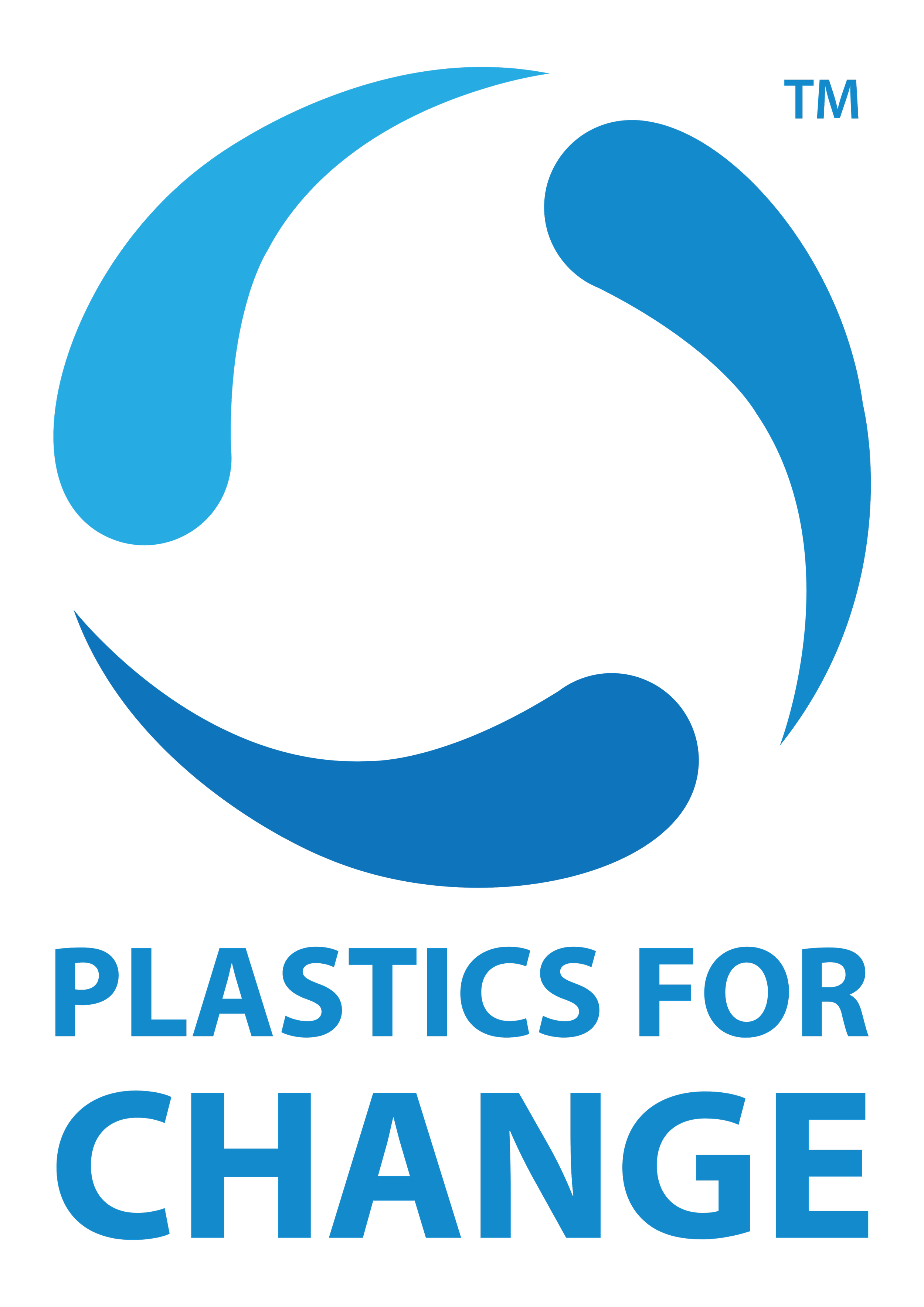Consumer Shift: The Rise of Plastic-Free & Waste-Sensitive Shopping Trends
(Source Credits: Food Dive)
The way we shop is changing. Today’s consumers are not just looking for quality or price they’re also asking: What kind of packaging does this product come in? Where does that material go after I’m done?
As climate conversations grow louder and plastic pollution dominates headlines, consumers are becoming more intentional. They’re avoiding excess packaging, embracing reusables, and demanding accountability from brands.
This isn’t just a lifestyle shift. It’s a market trend that brands cannot afford to ignore.
Why Plastic-Free and Waste-Sensitive Shopping is Rising
Recent studies and global reports point to a growing movement among consumers:
According to a Shorr Packaging report, over 54% of Americans now actively choose products with eco-friendly packaging.
90% said they are more likely to buy from brands that use sustainable packaging.
Nearly 43% are even willing to pay more for it.
And this trend isn’t limited to the West. Markets across Asia, Africa, and Latin America are seeing younger consumers lead the push for low-waste, plastic-free alternatives.
Consumers today are looking for:
Plastic-free or minimal packaging
Recyclable or reusable options
Clear labeling and transparency
Brands that align with their values
In a recent global study by Aura, nearly 40% of consumers said they abandoned a purchase because the packaging wasn’t sustainable. This signals a fundamental change in how people perceive packaging—not as a throwaway utility, but as part of the product’s value and impact.
Millennials and Gen Z Are Driving the Movement
Younger generations, particularly Millennials and Gen Z are shaping this shift in a big way.
Over 75% of Millennials and 80% of Gen Z say that sustainable packaging influences their purchase decisions.
Refillable packaging models are gaining strong traction among urban consumers.
There is rising interest in brands that offer zero-waste alternatives from reusable containers to compostable wraps.
For these generations, sustainability is no longer an afterthought—it’s a baseline expectation.
The Retail Response: From Refill Stations to Zero-Waste Stores
Retailers are beginning to adapt:
Zero-waste grocery stores are expanding across Europe, North America, and Australia.
Global retailers are experimenting with refill stations, bulk bins, and return-and-reuse models.
Even large e-commerce platforms are rolling out “sustainable delivery” options with reduced packaging.
This evolution is driven by a simple truth: consumers reward the brands that take action.
What Brands Need to Do Now
This shift presents both a challenge and an opportunity for brands. To stay relevant and build long-term trust, brands must:
Redesign packaging to be plastic-free or recyclable
Eliminate unnecessary materials or layers
Invest in transparent, traceable supply chains
Clearly communicate sustainability practices to consumers
Support inclusive circular economy models that do more than just reduce waste
The future belongs to the brands that act with responsibility and credibility.
At Plastics For Change, we help brands meet evolving consumer expectations through ethically sourced, fair trade recycled plastic and transparent supply chains. Our model is built on traceability, social impact, and quality allowing your packaging to tell a story consumers believe in.
Whether you’re looking to reduce your plastic footprint, improve compliance, or build a more sustainable brand image, we can help.
Visit www.plasticsforchange.org to explore packaging solutions that support both people and the planet.

